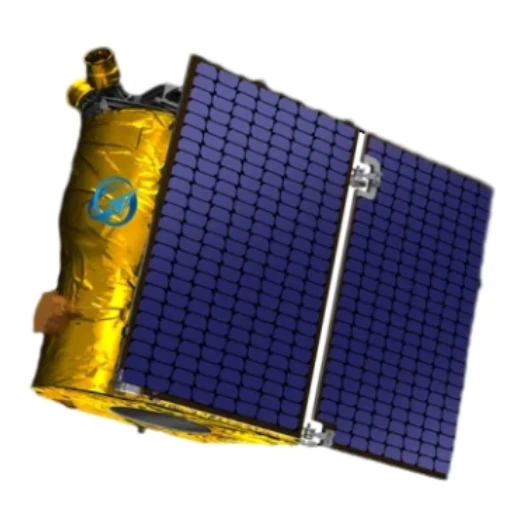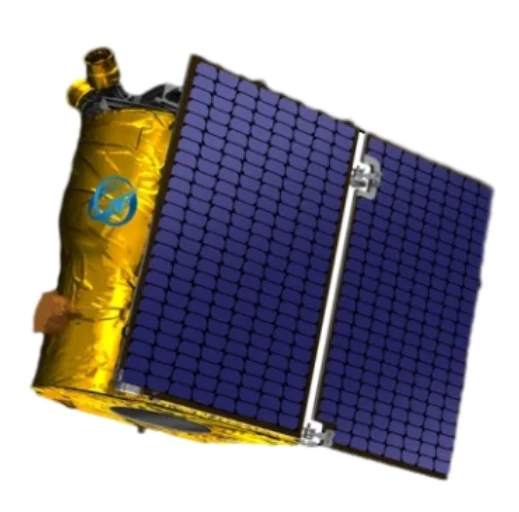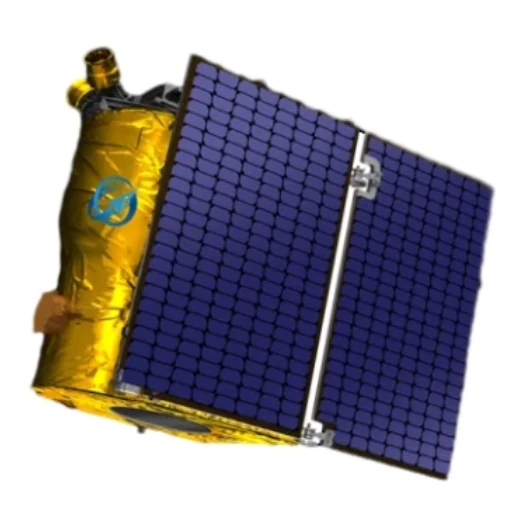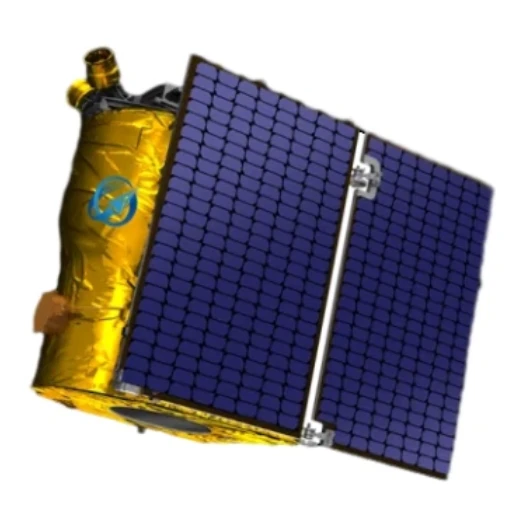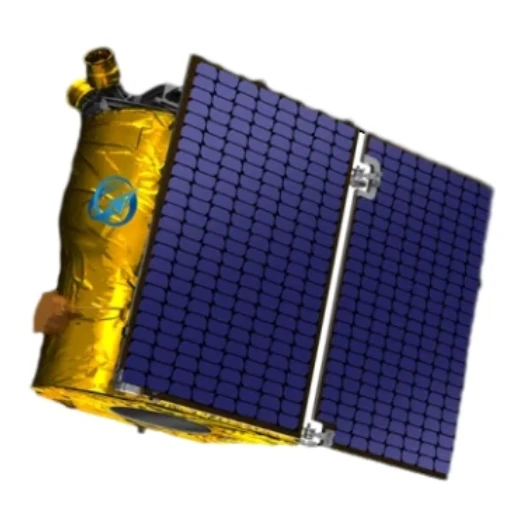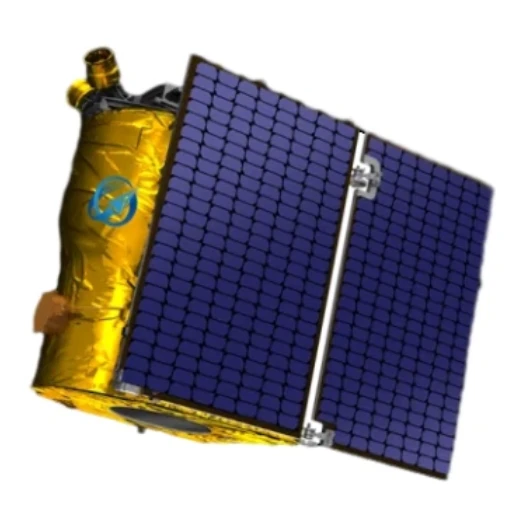
- افریقی
- البانوی
- امہاری
- عربی
- آرمینیائی
- آذربائیجانی
- باسکی
- بیلاروسی
- بنگالی
- بوسنیائی
- بلغاریائی
- کاتالان
- سیبوانو
- چین
- کورسیکن
- کروشین
- چیک
- ڈینش
- ڈچ
- انگریزی
- ایسپرانٹو
- اسٹونین
- فنش
- فرانسیسی
- فریسیئن
- گالیشین
- جارجیائی
- جرمن
- یونانی
- گجراتی
- ہیٹی کریول
- ہاؤسا
- ہوائی
- عبرانی
- نہیں
- میاؤ
- ہنگری
- آئس لینڈی
- igbo
- انڈونیشین
- آئرش
- اطالوی
- جاپانی
- جاوانی
- کنڑ
- قازق
- خمیر
- روانڈا
- کورین
- کرد
- کرغیز
- مزدوری
- لاطینی
- لیٹوین
- لتھوینیائی
- لکسمبرگش
- مقدونیائی
- ملاگاسی
- مالائی
- ملیالم
- مالٹیز
- ماوری
- مراٹھی
- منگول
- میانمار
- نیپالی
- ناروے
- ناروے
- آکسیٹن
- پشتو
- فارسی
- پولش
- پرتگالی
- پنجابی
- رومانیہ
- روسی
- سامون
- سکاٹش گیلک
- سربیائی
- انگریزی
- شونا
- سندھی
- سنہالا
- سلوواک
- سلووینیائی
- صومالی
- ہسپانوی
- سنڈانی
- سواحلی
- سویڈش
- ٹیگالوگ
- تاجک
- تامل
- تاتار
- تیلگو
- تھائی
- ترکی
- ترکمان
- یوکرینی
- اردو
- ایغور
- ازبک
- ویتنامی
- ویلش
- مدد
- یدش
- یوروبا
- زولو
Optical Instruments and Their Applications
Optical instruments have revolutionized the way we analyze and measure light properties, providing valuable insights in various scientific fields. These instruments allow for precise measurements in the fields of material science, chemistry, and physics. This guide delves into optical instruments, focusing on tools like the optical profilometer, optical spectrometer, and the optical emission spectrometer.
What is an Optical Instrument?
An optical instrument is a device that manipulates light to measure, analyze, or record properties of different materials or phenomena. These instruments are essential in numerous fields, including biology, physics, and engineering. They function by capturing and analyzing light interactions with materials, providing data that can be used to assess surface features, chemical compositions, and other critical parameters.
Common optical instruments include microscopes, spectrometers, profilometers, and emission spectrometers. These devices have varying applications based on the type of light measurement and analysis required. The optical profilometer, for example, is used to measure surface topography at very fine scales, while the optical spectrometer is designed for identifying materials based on their light absorption, transmission, and reflection characteristics.
What is an Optical Profilometer?
An optical profilometer is an advanced tool used to measure the surface topography of a material. It works by utilizing light to scan the surface and provide a detailed map of its features, including texture, roughness, and depth variations. The optical profilometer is non-contact, meaning it can measure delicate surfaces without causing any damage.
This device uses light waves, often laser light, to illuminate the surface, and the reflected light is captured by the instrument’s sensors to create a high-resolution profile of the surface. The measurements obtained can help assess material properties such as smoothness, wear, and defects.
Industries such as electronics, manufacturing, and material science frequently rely on the optical profilometer to ensure precision in product design, quality control, and material research. It is invaluable for applications that require extremely accurate surface measurements at the micrometer or even nanometer scale.
Optical Spectrometer: What Is It and How Does It Work?
The optical spectrometer is another key tool in the realm of optical instruments. It measures the intensity of light across different wavelengths, providing a spectrum that is useful in various scientific and industrial applications. The optical spectrometer is particularly valuable in chemical analysis, where it is used to identify the composition of substances based on how they absorb or emit light.
Spectrometers operate by dispersing light through a prism or diffraction grating, breaking it down into its constituent wavelengths. The resulting spectrum is then analyzed to determine the composition or properties of the material being examined. This type of optical instrument can be used in a range of applications from environmental monitoring to food safety testing and material research.
The price of an optical spectrometer can vary significantly depending on its capabilities, precision, and range of wavelengths it can measure. High-end spectrometers for research may be more expensive, while more basic models for industrial applications may be more affordable.
What Is the Optical Emission Spectrometer Used For?
An optical emission spectrometer (OES) is a sophisticated device used to analyze the elemental composition of materials. The device works by exciting the atoms in the sample using a high-energy light source, such as a plasma or spark. As the excited atoms return to their ground state, they emit light at characteristic wavelengths. These emitted wavelengths are then measured by the spectrometer to identify the elements present and their concentrations.
OES is widely used in industries like metallurgy, chemistry, and environmental testing. For example, it plays a crucial role in the analysis of metal alloys, providing information about the concentration of various elements such as carbon, silicon, and aluminum. Optical emission spectrometers are also used for water and air quality monitoring, helping detect harmful substances in environmental samples.
One of the primary advantages of the optical emission spectrometer is its ability to analyze a broad range of elements with high sensitivity. However, like the optical spectrometer, the cost of an optical emission spectrometer can vary based on its features, sensitivity, and application requirements.
Understanding the Price Range of Optical Instruments
کی قیمت optical instruments can vary greatly depending on the type, accuracy, and functionality required. Entry-level models of optical profilometers and optical spectrometers can cost anywhere from a few thousand to tens of thousands of dollars. High-end models, with advanced capabilities for detailed analysis or specific applications, can cost significantly more.
Factors that influence the price of an optical emission spectrometer or any optical instrument include the following:
Measurement Range: Instruments that can measure a broader range of materials or wavelengths tend to be more expensive.
Precision: High-precision models with the ability to detect minute changes in surface topography or light absorption will be priced higher.
Brand and Model: Well-established brands known for reliability and high-quality products typically command higher prices.
Application-Specific Features: Instruments designed for specific applications, such as medical or environmental analysis, may come with additional features, increasing their price.
آپٹیکل آلہ FAQs
What is the price range for an optical profilometer?
The price of an optical profilometer can vary widely, typically ranging from $5,000 to $100,000 or more, depending on its resolution, capabilities, and brand. High-end models used for research or in specialized industries can cost significantly more.
What is the use of an optical emission spectrometer?
An optical emission spectrometer is used to analyze the elemental composition of materials by measuring the light emitted when atoms in the sample are excited. It’s commonly used in industries like metallurgy, environmental testing, and chemical analysis.
How does an optical spectrometer work?
An optical spectrometer works by dispersing light through a prism or diffraction grating, breaking it down into different wavelengths. It then measures the intensity of each wavelength to generate a spectrum, which is analyzed to determine the material’s properties.
What factors affect the price of optical instruments?
کی قیمت optical instruments is influenced by factors such as measurement range, precision, brand, and specialized features. Instruments with higher precision, broader measurement ranges, or those designed for specific applications tend to be more expensive.
Can I use an optical emission spectrometer for environmental testing?
Yes, an optical emission spectrometer is commonly used for environmental testing, such as monitoring water or air quality. It can detect harmful substances or elements in environmental samples, making it a valuable tool for environmental scientists.






